Baby boomers seek more than warmth when choosing their ideal relocation city.
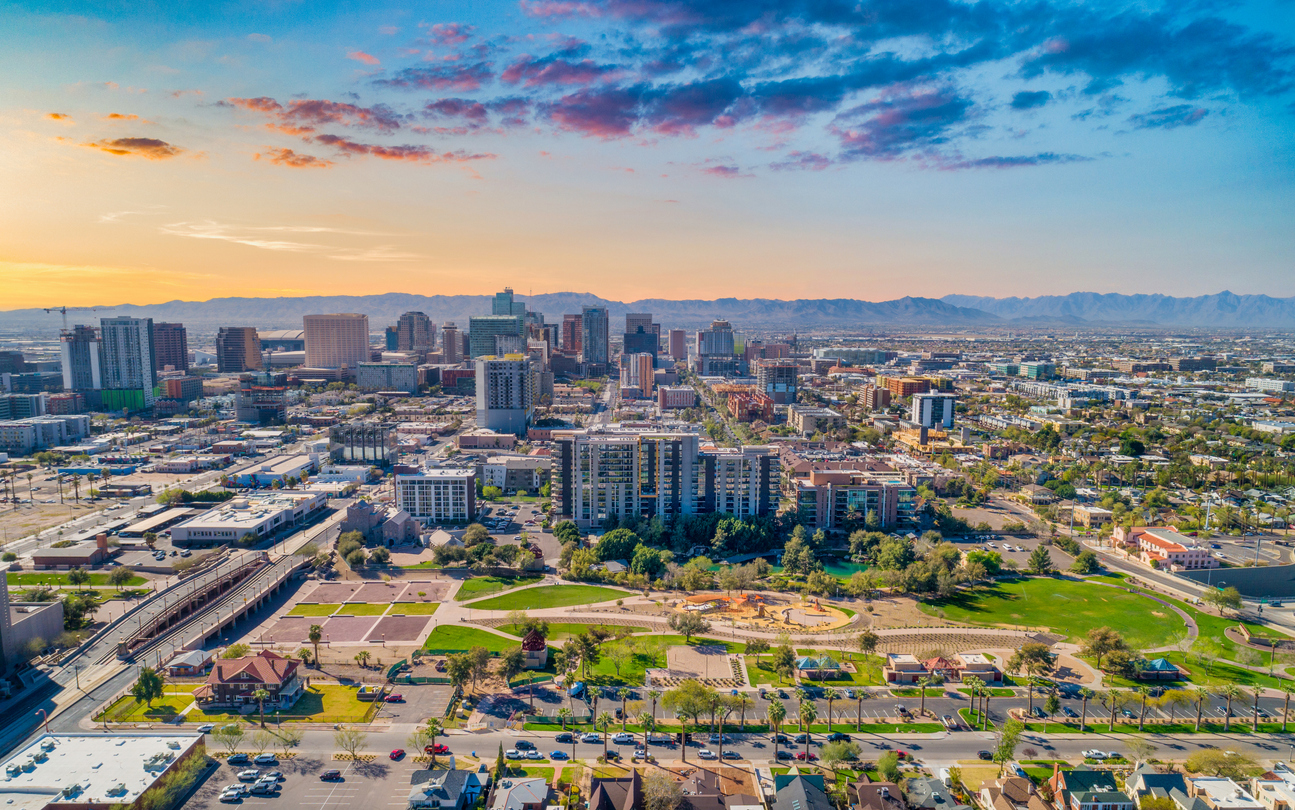
While warm weather is a major draw, baby boomers consider a variety of factors when relocating to a new city. Access to quality healthcare, affordable living costs, and vibrant social opportunities play crucial roles. Safe neighborhoods and reliable transportation also contribute to an appealing urban environment. Ultimately, the best cities offer a balanced combination of climate and amenities that support an active, fulfilling lifestyle for older adults.
1. Access to Walkable Neighborhoods Encourages Daily Activity and Social Connections.
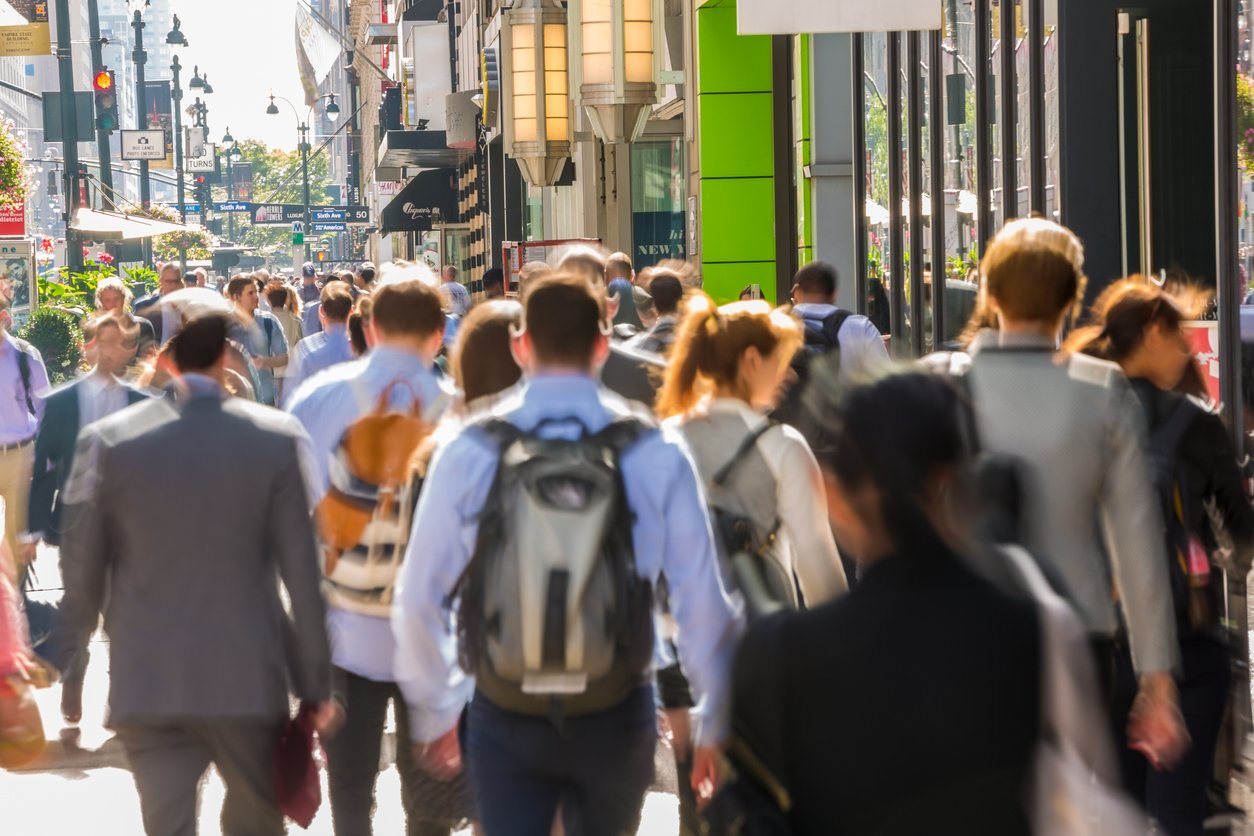
Walkable neighborhoods are a key appeal for boomers who prioritize health and social interaction. Imagine tree-lined streets inviting daily strolls and friendly chats at corner cafes. This setting promotes a vibrant lifestyle, with pathways that seamlessly link homes to essential services.
Such environments benefit public health by reducing car dependability, encouraging steps instead of steering wheels. Engaging with neighbors while on foot can strengthen community ties, fostering a sense of belonging. Thus, these urban pockets become more than just spaces; they transform into networks of connectivity.
2. Reliable Public Transportation Makes Getting Around Easy Without a Car.
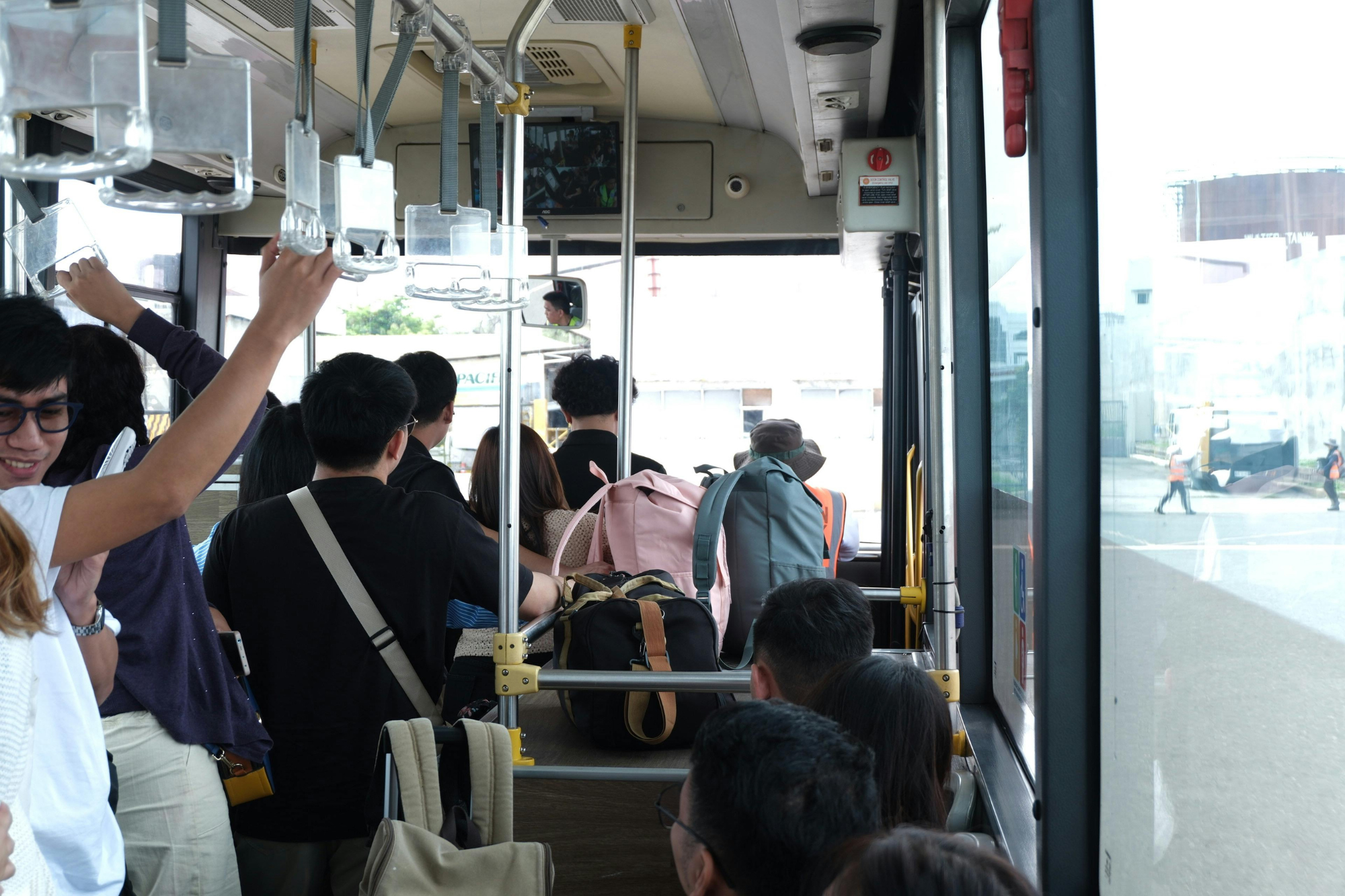
Efficient public transportation systems anchor convenience for older adults seeking independence from driving. Frequent service and affordability are hallmarks of reliable networks, helping residents reach doctors’ appointments or museums smoothly. Buses, trams, or subways offer options with minimal hassle.
For many retirees, such systems mitigate mobility concerns, enabling freedom without the worry of maintaining a private vehicle. Additionally, public transit fosters spontaneous outings, turning everyday commutes into explorations of city life. As cities grow, robust transit networks ensure everyone can navigate with ease.
3. Plenty of Green Spaces Provide Peaceful Parks and Outdoor Enjoyment.
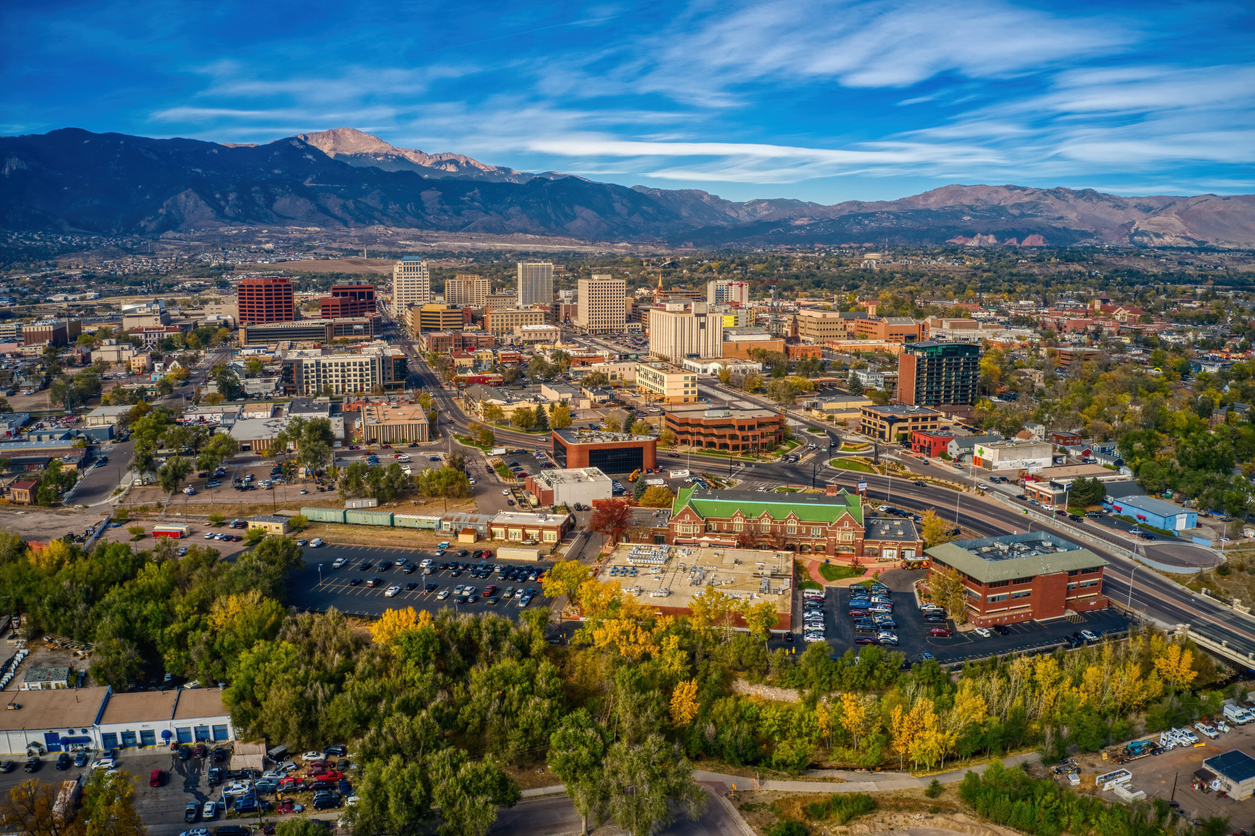
Abundant green spaces enrich city life by offering serene escapes and public gardens. These natural havens invite leisurely walks or morning exercises, a stark contrast to urban hustle. For many, parks become sanctuaries, hosting picnics or quiet reflections amid greenery.
They also serve as community hubs, where festivals and markets animate open fields throughout the year. Such spaces encourage outdoor recreation and wellness, tying physical activity with the joy of nature. In these settings, mental rejuvenation pairs effortlessly with social bonding.
4. Robust Healthcare Facilities Offer Convenient and Quality Medical Services.

Quality healthcare facilities in proximity provide a vital assurance for retirees prioritizing well-being. A network of hospitals and clinics ensures comprehensive service delivery from annual check-ups to specialized consultations, affording peace of mind. Healthcare access remains a top consideration for relocation decisions.
Substantial services also decrypt complexity, particularly for chronic care management or emergencies. Knowing that qualified medical professionals become easily reachable fosters confidence in everyday living. This proximity enhances the city’s appeal, directly impacting quality of life for seniors.
5. Active Community Centers Provide Opportunities for Classes and Socializing.

Active community centers breathe life into neighborhoods through classes, workshops, and social activities. These vibrant spaces sparkle with enthusiasm, where one might join a tai chi session or watercolor class. Centers become focal points for interaction, creativity, and learning.
Such hubs catalyze friendships built on shared interests, dissolving loneliness that sometimes shadows retirement. Equally, they empower participants to embrace new hobbies or refine skills, contributing to personal growth and fulfillment. Ultimately, they fuel engaging lifestyles fully integrated into community rhythms.
6. Diverse Dining Options Cater to Varied Tastes and Dietary Needs.

Diverse dining options welcome baby boomers with sensitive palates and adventurous tastes. Restaurants with farm-to-table menus, international flavors, or low-sodium options cater to dietary preferences acquired over time. This variety enriches dining experiences, offering both familiarity and surprise.
Frequenting such spots turns meals into shared occasions, capturing moments with family and friends across bustling or intimate settings. Meanwhile, cafes and eateries steeped in local culture imbue everyday nourishment with a tapestry of flavors, adding zest to urban living.
7. Cultural Attractions Enrich Life Through Museums, Theaters, and Galleries.
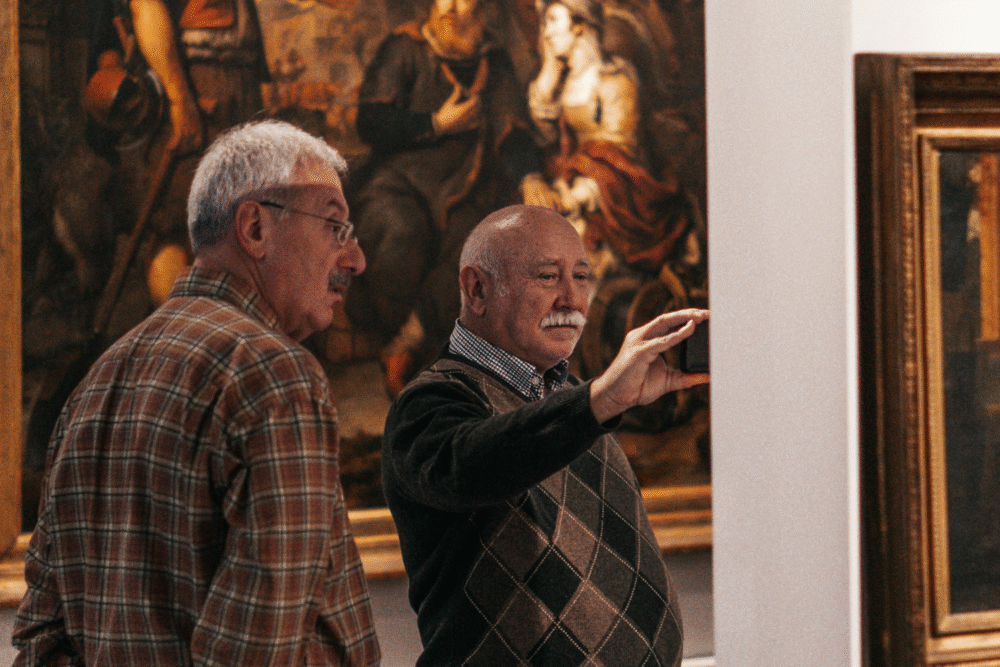
Cultural attractions engage boomers by enriching their world with art and performance. Renowned museums, historic theaters, and vibrant galleries transform cities into cultural epicenters. Each visit offers a story told through exhibits and stagecraft, cultivating deeper connections.
These venues stimulate thought and conversation, inviting residents to revisit their past interests or develop new passions. Moreover, mingling at opening nights or panel discussions fosters community, amplifying enthusiasm for lifelong learning. Cultural institutions thus illuminate possibilities, from grand gestures to subtle nuances.
8. Mild Climate Encourages Year-Round Outdoor Activities and Exploration.
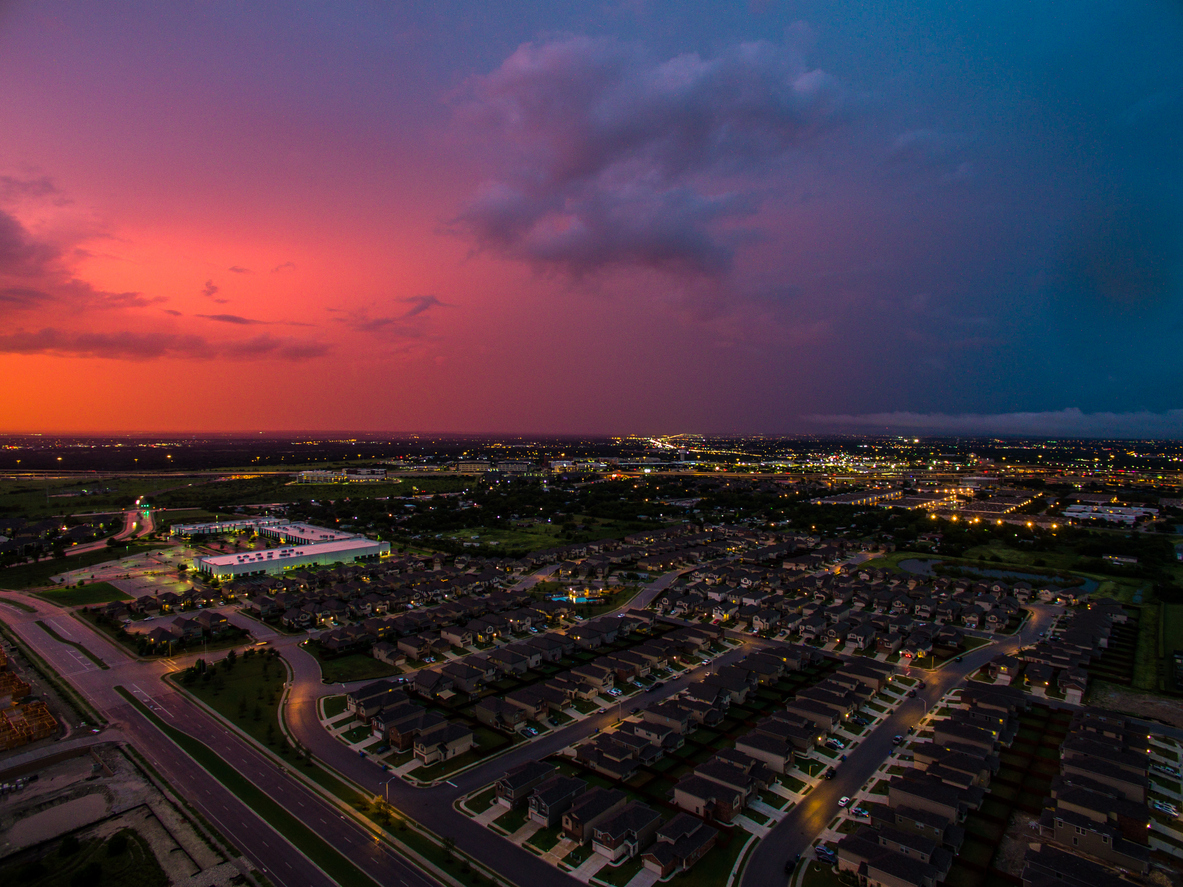
A mild climate, characterized by gentle winters and temperate summers, creates ideal settings for outdoor enjoyment. Gentle breezes accompany strolls, and gardens flourish under sunlit skies. For those seeking active lifestyles, such climates favor strolls, cycling tours, or alfresco lunches.
Year-round accessibility invites uninterrupted engagement with nature and urbanscapes, where moderate temperatures enthuse rather than deter. Cities crowned by amenable weather often thrive as retirement destinations, ensuring every sunrise celebrates the promise of exploration.
9. Safe Neighborhoods Create Peace of Mind for Residents and Visitors.

Secure neighborhoods anchor peace of mind for both residents and guests in urban settings. Low crime rates and vigilant community efforts exemplify safety, providing an environment conducive to relaxation and trust. Safe streets only amplify a city’s allure for relocation.
Peaceful locales cultivate the freedom to explore parks at twilight or leisurely shop without apprehension. Over time, these secure areas foster loyalty, where bonds with neighbors and shared vigilance create a thriving collective investment in safety.
10. Vibrant Local Markets Offer Fresh Produce and Artisan Goods Nearby.

Lively local markets brim with vibrancy, offering fresh produce and handcrafted goods. Stalls packed with fruits, vegetables, and artisanal cheeses establish a routine of delight. Shopping becomes an event woven with colorful sights, scents, and conversations.
Markets act as social intersections, where vendors and customers develop rapport over time. This fosters community cohesion while supporting local economies. Regular visitations create connections far beyond mere transactions, enriching daily life through both interaction and nourishment.
11. Accessible Libraries Support Lifelong Learning and Community Engagement.

Accessible libraries serve as lifelong learning companions, offering resources and programs tailored for community enrichment. Quiet reading rooms and shelves overflowing with literature beckon exploration and nostalgia. These institutions become more than book repositories—they transform into community anchors.
Libraries invite gatherings for book clubs or lectures, igniting dialogue while bridging generational divides. Digital access and inclusive services ensure everyone partakes in educational pursuits. Thus, libraries continually kindle curiosity and camaraderie, reshaping the intellect’s boundaries.
12. Senior-Friendly Housing Options Enhance Comfort and Independence.

Senior-friendly housing options blend functionality with comfort, emphasizing accessibility and design. A single-level home with wide doorways and grab bars enhances mobility without sacrificing style. Thoughtful architecture supports both independence and social engagement.
These housing solutions offer the perfect backdrop for aging in place, promoting ease for residents who cherish familiar surroundings. Community-oriented designs prioritize shared spaces, fostering neighborly bonds and a profound sense of belonging. Homes thus become secure harbors within dynamic neighborhoods.
